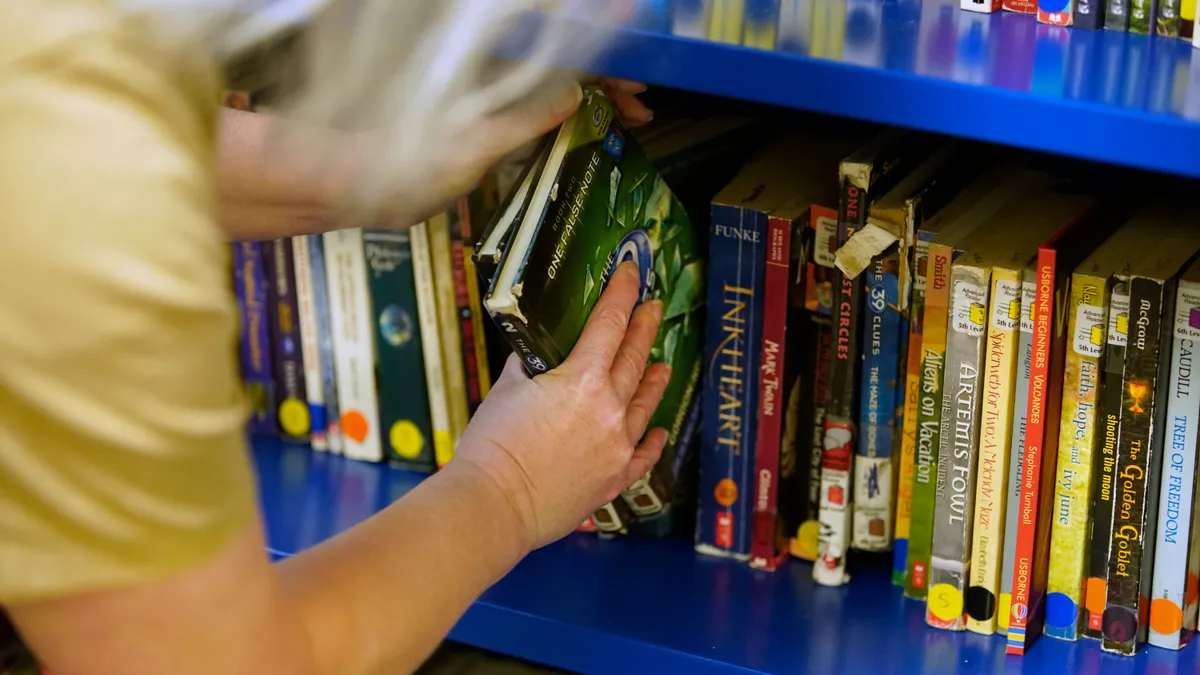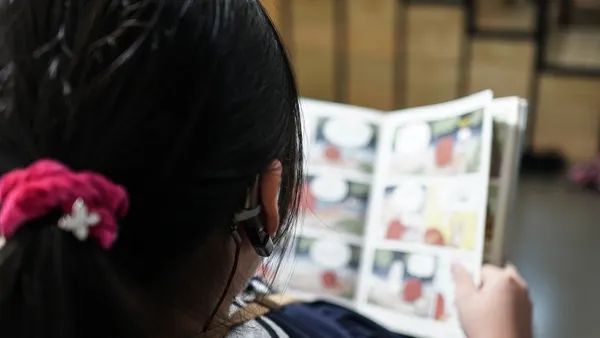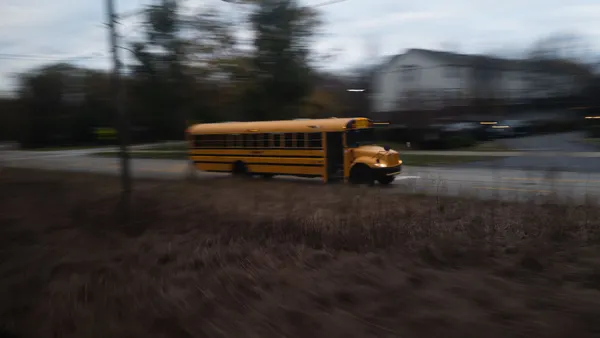Dive Brief:
-
Evidence-based literacy approaches that lean on decoding, phonics and other tools to help pupils develop reading skills are regaining traction. But as districts return to methods centered around the “science of reading,” they also need to build in the time and resources to ensure educators have the foundation in these approaches to best support students.
-
A focus on teacher preparation is key because literacy instruction methods may change, especially as districts and states address pandemic-related learning loss. No matter the approach, educators must be grounded in strategies that keep students excited about learning to read and help them develop literacy skills, said Kenneth Kunz, president of the board of directors for the International Literacy Association.
-
“I believe it is important to recognize that as multiple sciences of reading are combined with the art that is language arts teaching, educators are guided by standards that inform us what to teach but still need a variety of research-based strategies for engagement to accomplish the how,” Kunz said.
Dive Insight:
The science of reading, which in part embodies phonics as part of literacy instruction, is regaining traction. Recently, the Los Angeles Unified School District announced it is looking to embed this approach in its literacy instruction. That decision followed a mandate from New York City Public Schools, the largest school system in the nation, to include phonics in elementary school reading instruction starting in fall 2023.
This embrace of an evidence-based literacy approach follows a significant dip in reading gains following the pandemic, particularly among the nation’s youngest students. Some educators advise caution, however, as they believe a one-size-fits-all model may not be the right approach for every student, including diverse learners as well as those from differing socioeconomic, linguistic, cultural, and other backgrounds.
Kunz said evidence shows there is never a “silver bullet,” when it comes to literacy. But whatever approach is adopted, stakeholders must ensure they’ve set aside resources to invest in teachers.
“There is going to be a lot of work ahead for teachers and coaches to unpack how this work impacts different populations,” Kunz said. “Schools adopting SOR [science of reading] cannot afford to lose sight of that.”
Kunz said the “pendulum swinging” around literacy approaches within education is fairly constant over time, a conversation he recalls having when pursuing his doctorate in literacy. The former classroom teacher said whatever direction literacy instruction takes, educators should remain focused on how they build literacy into curriculum. A specific approach is less important than ensuring pupils and their support networks are brought together to help them along their literacy path.
“Even if SOR [science of reading] gains momentum today, where does this pendulum swing in 2030, as it indeed swings when you look at historical trends,” Kunz said. “Regardless of the latest trend, we need to focus on teaching and how school communities take literacy beyond just a block of time and engage caregivers, families and communities.”












